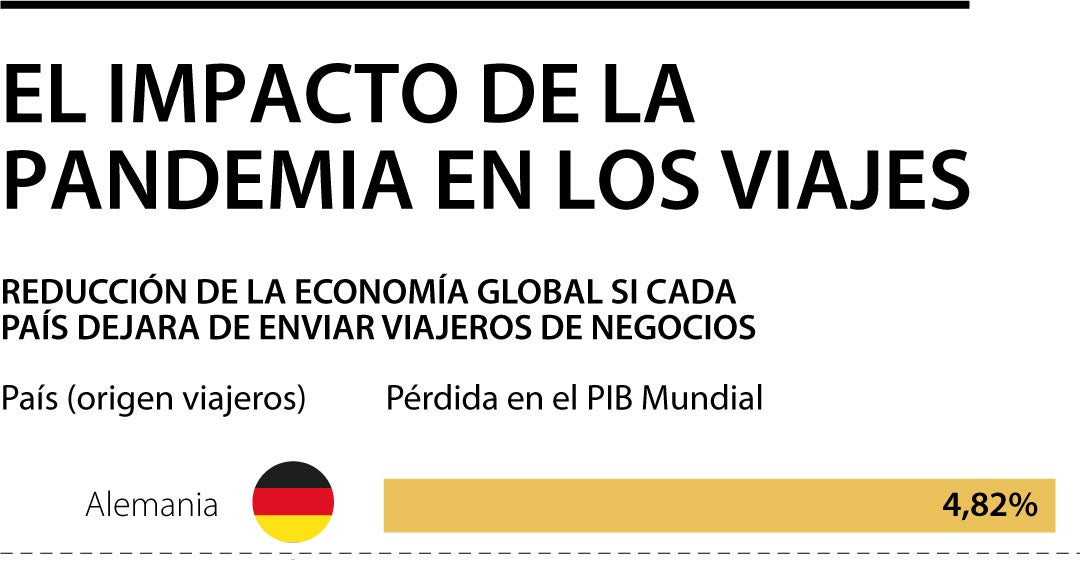The effect of closing the border between the United States and Canada for more than a year

Since March 21, 2020, passage through the world’s largest land border has been restricted. Since then, transit has only been permitted for essential workers in the supply chain and for people who, due to force majeure, need to enter the United States or Canada. This restriction, which is renewed every month, appears to be far from withdrawing, and there is still no estimated timeline for the reopening.
Initially, the main fear was the rise in infection rates in the United States, however, the increase in cases on Canadian soil today is generating a greater alert. For the first time since the start of the epidemic, Canada has recorded more new cases per million inhabitants than the neighboring country.
This situation is explained mainly by advances in vaccination in the United States. There, 42% of the population received at least one dose against covid-19, while 29% of the population was fully vaccinated. On the Canadian side, these indicators are 25% and 2.4% respectively.
at the moment, Canada It maintains one of the strictest regulations in the world regarding international travelers. People entering the country, whether citizens or foreigners, must remain in isolation for a period of 14 days. In addition, those entering via any of the air stations must spend the first three days in isolation in a hotel chosen by the authorities, which costs $ 1,600 per person.
These regulations did not affect bilateral trade with the United States, the destination of more than 70% of Canadian exports, but it is estimated that income from tourism and other sectors that depend on international travelers has decreased by 15.6 billion US dollars in one year.
Niagara, one of the most visited places in the country due to the presence of the falls, last year only received 36% of the 14 million visitors it normally hosts. In that region, the hope for revitalization lies in vaccination and rapid tests at the border.
“It will give full confidence to travel and re-experience what we’re used to,” said Janice Thompson, president of the Niagara Falls Tourism Association.
This issue has become a real headache for the federal government. On the one hand, the tourism and business sector is calling for a clarification of the plan to reopen the borders and make requirements more flexible. On the other hand, the conservative party, which leads the opposition, is demanding more controls.
Conservative Party leader Irene O’Toole insisted that “the government needs to secure the borders by suspending flights from all“ hotspot ”countries and possibly all international flights temporarily so that we can correct our borders and make them safer.
Although it is clear that Restrictions are justified Given the need to control the spread of the virus, it is also true that land border closures and air travel restrictions have a major impact on the economy.
Business trips are practically over, either to close deals or directly check the quality of operations. International buyers do not want to extend a two- or three-day trip to two weeks. Likewise, Canadian executives and entrepreneurs have had to minimize these displacements, since the measures also apply to them once they return to the country.
This effect, far from affecting only the Canadian economy, would also have an effect on the rest of the world. A recent Harvard University study, led by Professor Ricardo Houseman, found that if Canada were to stop sending business travelers for an entire year, the loss to the global economy would be 1.23%, a bigger impact than global GDP. If the United States took the same decision, because, in this case, the downgrade in the economy would be equivalent to 1.07%.
For now, Canada hopes to boost vaccination at a faster rate and reach universal coverage by the end of the summer.

“Award-winning zombie scholar. Music practitioner. Food expert. Troublemaker.”









